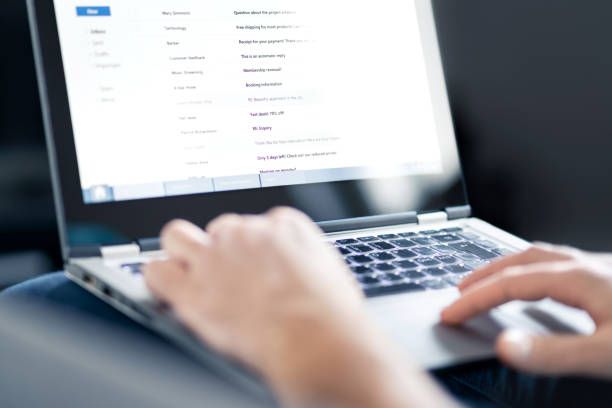In today's digital age, email has become an integral part of our personal and professional lives. It serves as a primary communication channel, allowing us to stay connected, receive important information, and collaborate with others. However, effectively managing our email inbox can be a challenge, especially when dealing with a high volume of messages. In this comprehensive guide, we will explore the art of checking your email inbox like a pro. From best practices to time-saving techniques, you'll learn how to optimize your inbox management and stay on top of your emails.
Understanding the Basics of Email Inbox Management

Before delving into the process of checking your email inbox, it's important to understand the fundamental principles of inbox management. Here are some key concepts to keep in mind:
Unread vs. Read Emails: Unread emails are messages that you haven't opened yet, while read emails are those you have already viewed. Keeping track of unread emails allows you to prioritize your attention and focus on the most important messages first.
Email Folders and Labels: Folders and labels help you organize your emails by categorizing them into specific groups. You can create folders based on topics, projects, or priority levels to keep your inbox organized and make it easier to locate specific messages.
Inbox Zero: Inbox Zero is a popular productivity method where you strive to keep your inbox empty or close to empty by processing and organizing emails promptly. The goal is to reduce email overload, increase efficiency, and maintain a clutter-free inbox.

Best Practices for Checking Your Email Inbox

To effectively manage your email inbox, it's important to establish a routine and follow best practices. Here are some tips to help you stay organized and maintain control over your email communications:
- Set Specific Times: Instead of constantly checking your inbox throughout the day, allocate specific times for email management. This helps prevent distractions and allows you to focus on other tasks without interruptions.
- Prioritize and Sort: Start by scanning your inbox and identifying emails that require immediate attention. Prioritize important messages and use sorting options like date, sender, or subject to group similar emails together for easier processing.
- Use Email Filters: Set up email filters to automatically sort incoming messages into specific folders or apply labels. Filters can be based on sender, subject, keywords, or other criteria, allowing you to automate the organization process.
- Archive or Delete: Once you have read and responded to an email, consider archiving or deleting it to keep your inbox clutter-free. Archiving allows you to access the message later if needed, while deleting removes it permanently.
- Unsubscribe from Unwanted Emails: If you receive frequent newsletters, promotional emails, or spam, take the time to unsubscribe from them. This reduces clutter and helps maintain a cleaner inbox.
Frequently Asked Questions (FAQs)
Q1. How often should I check my email inbox?
A: The frequency of checking your email inbox depends on your personal or professional requirements. However, it's recommended to establish set times during the day to avoid constant distractions and maintain focus on other tasks.
Q2. What is the best way to organize my email inbox?
A: Organizing your email inbox involves creating folders or labels to categorize messages based on topics, projects, or priority levels. Implementing email filters can also automate the organization process by sorting incoming messages into specific folders.
Q3. Should I respond immediately to every email?
A: It's not necessary to respond immediately to every email. Prioritize your responses based on the importance and urgency of the message. Allocate specific times to address emails that require immediate attention, and schedule time for responding to others.
Q4. How can I reduce email overload?
A: To reduce email overload, consider implementing strategies such as unsubscribing from unwanted emails, using email filters to sort incoming messages, and setting clear boundaries for email communication. Applying the Inbox Zero method can also help maintain a clutter-free inbox.
Conclusion
Effectively managing your email inbox is crucial for productivity and staying organized in today's fast-paced digital world. By following the best practices outlined in this comprehensive guide, you can streamline your email management process, maintain a clutter-free inbox, and maximize your efficiency. Remember to establish a routine, prioritize your emails, and leverage email filters and folders to stay on top of your communications. With these expert tips, you'll be able to conquer your email inbox like a pro and unlock your full productivity potential.

